ECS 661GX-M7 Bruksanvisning
Läs gratis den bruksanvisning för ECS 661GX-M7 (95 sidor) i kategorin moderkort. Guiden har ansetts hjälpsam av 6 personer och har ett genomsnittsbetyg på 4.9 stjärnor baserat på 3.5 recensioner. Har du en fråga om ECS 661GX-M7 eller vill du ställa frågor till andra användare av produkten? Ställ en fråga
Sida 1/95

Produktspecifikationer
| Varumärke: | ECS |
| Kategori: | moderkort |
| Modell: | 661GX-M7 |
Behöver du hjälp?
Om du behöver hjälp med ECS 661GX-M7 ställ en fråga nedan och andra användare kommer att svara dig
moderkort ECS Manualer

10 September 2025
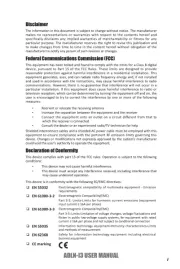
1 September 2025
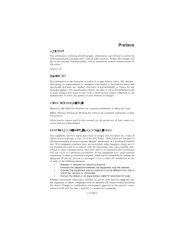
1 September 2025

1 September 2025
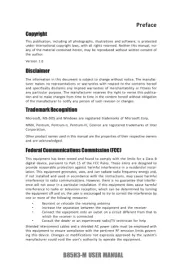
31 Augusti 2025

31 Augusti 2025

31 Augusti 2025
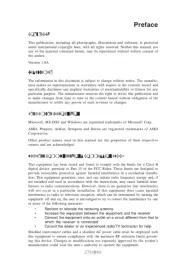
28 Augusti 2025

28 Augusti 2025

28 Augusti 2025
moderkort Manualer
- Festo
- Intel
- Supermicro
- Advantech
- Asrock
- Abit
- AOpen
- Gigabyte
- Biostar
- Sharkoon
- Foxconn
- Evga
- MSI
- Elitegroup
- Asus
Nyaste moderkort Manualer
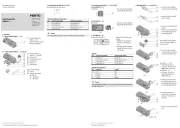
21 Oktober 2025
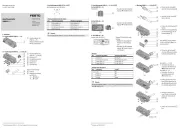
21 Oktober 2025
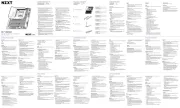
7 Oktober 2025
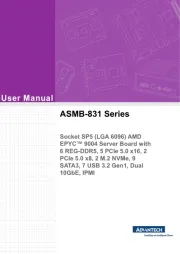
6 Oktober 2025
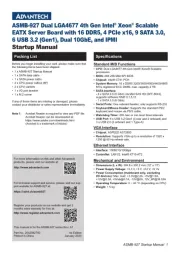
6 Oktober 2025
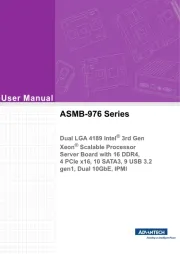
6 Oktober 2025
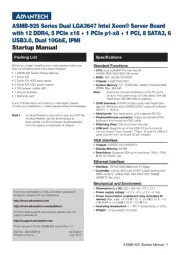
5 Oktober 2025

5 Oktober 2025
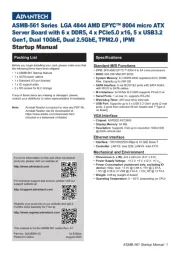
5 Oktober 2025
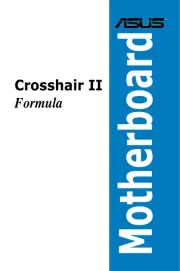
3 Oktober 2025